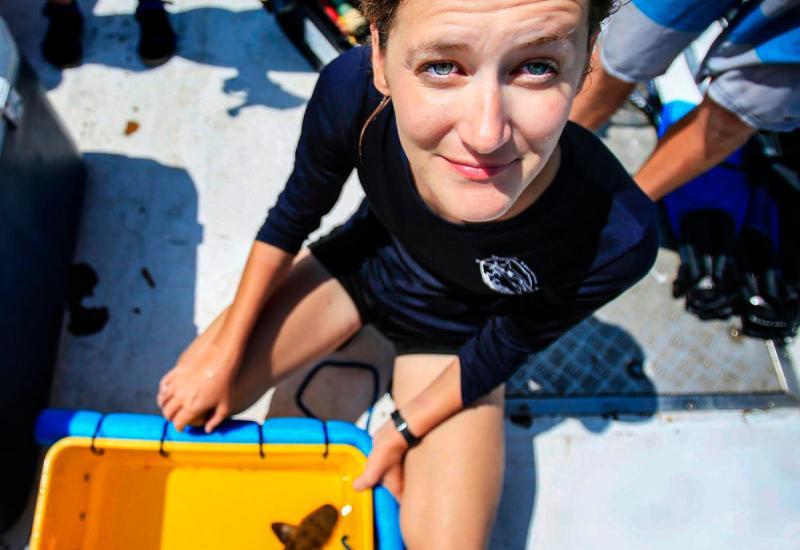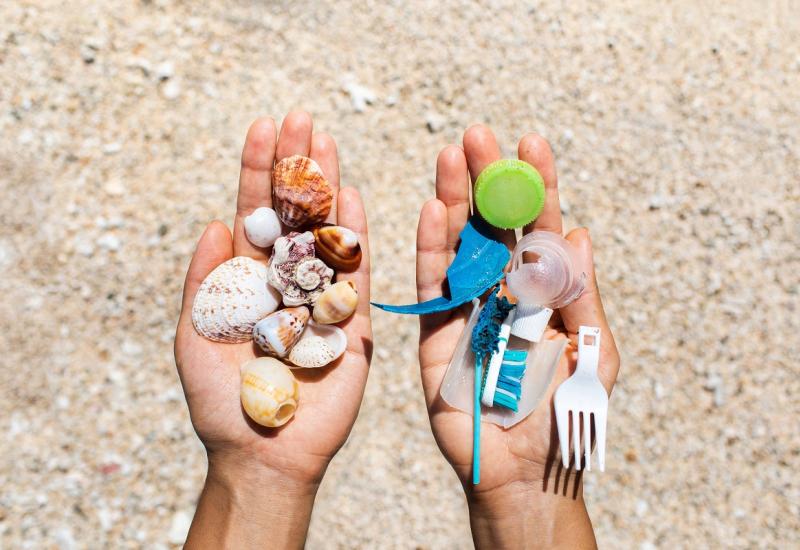Study: Up to 14 Million Tons of Plastic Ends Up in the Ocean Each Year
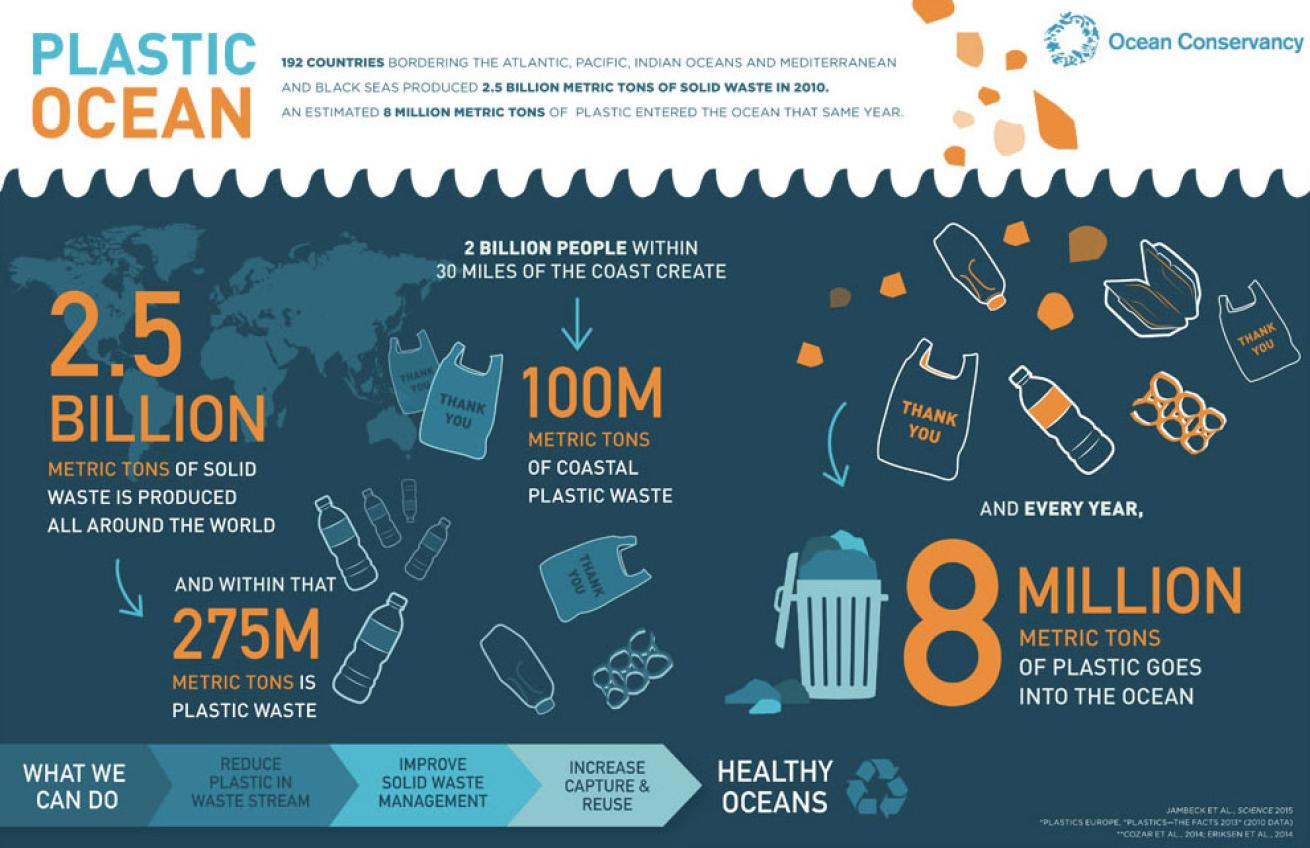
Courtesy Ocean ConservancyThis Ocean Conservancy illustration shows what amount of trash produced each year is plastic, and estimates how much ends up in the ocean (8 million metric tons). The study says that statistic could be as high as 14 million tons.
Ocean Conservancy —You don’t have to walk far on any beach, spend a long time on a boat or dive for very long before you encounter plastic debris — food wrappers, bottles, drinking straws, plastic bags and the like. You’ve read about studies related to ocean gyres or “garbage patches.”
When the journal Science released a 2015 groundbreaking study that quantified the amount of plastic going into the ocean from land – estimated between 5 and 14 million tons annually — the Ocean Conservancy knew that it underscored its efforts to create economic incentives for the collection and treatment of plastic waste in the countries that need it most.
As Nick Mallos, Director of the Trash Free Seas Program at Ocean Conservancy, blogged last year after the study results were first released: “Three years ago, researchers at the National Center for Ecological Analysis and Synthesis (NCEAS) set out to quantify – for the first time – the amount of plastic waste entering the ocean from land-based sources. Their research shows staggering results – with annual plastics inputs into the ocean exceeding 4.8 million tonnes and possibly as high as 12.7 million tonnes (approx. 11-26 billion pounds).”
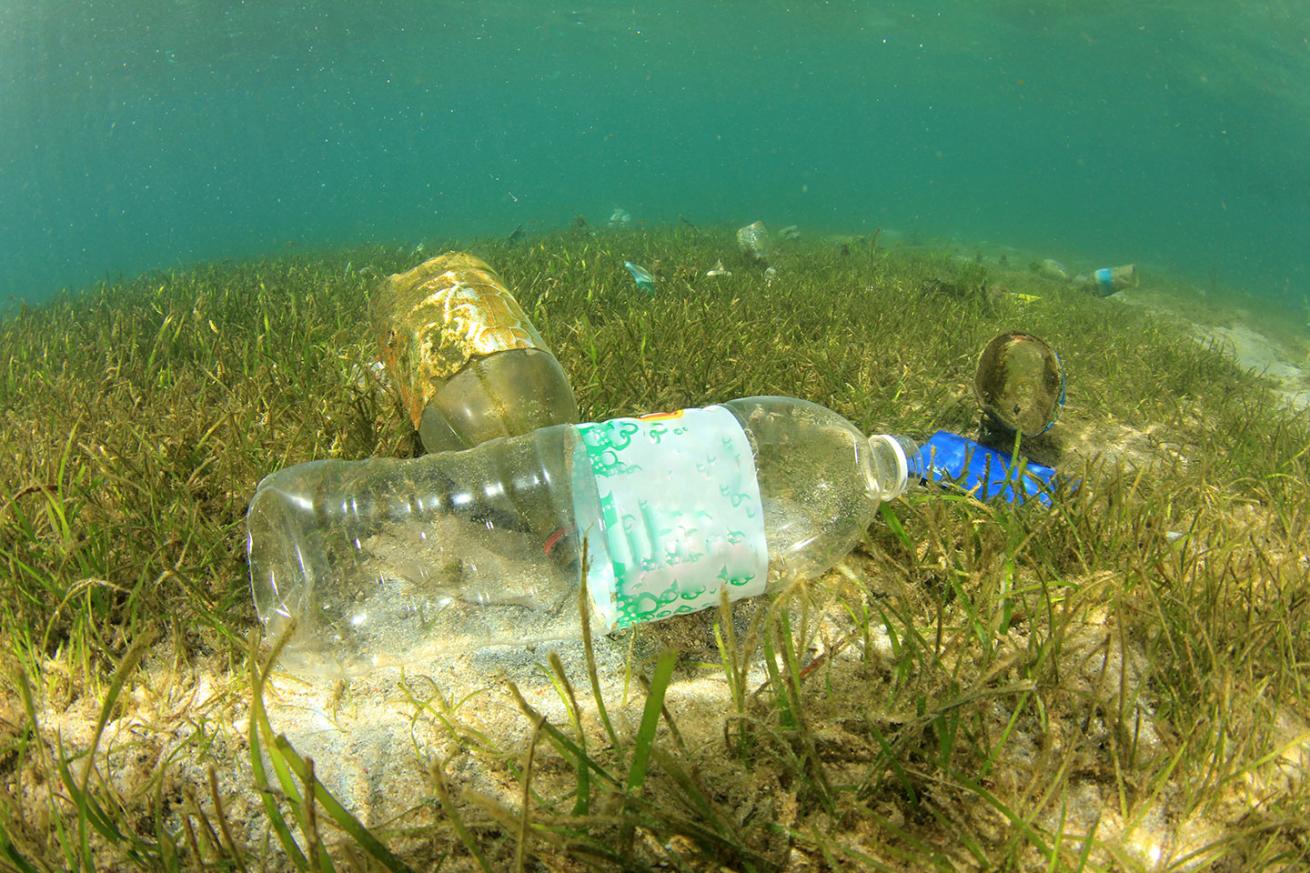
ShutterstockEvery diver has encountered plastic underwater — imagine this scene in every ocean and waterway and you begin to see the magnitude of the problem.
The study showed that volume of plastic in the ocean is greater than what had been previously estimated. “In the next decade our ocean could hold one pound of plastic for every three pounds of fish,” says Ocean Conservancy.
“We know that plastic is bad for ocean wildlife and habitats – animals ingest it and can get entangled in it; it litters our beaches and waterways. Volunteers with Ocean Conservancy’s International Cleanup have collected over 190 million pounds of trash, including plastic waste, since the event began 30 years ago,” reports the conservation organization. “And plastic waste is not just an environmental concern. For countries where plastic consumption has outpaced waste management, there are real concerns around public health, job creation, tourism and quality of life.”
Ocean Conservancy says the study “shines a spotlight on a central question that could be a game changer in tackling the problem of ocean plastic: how can we create the right set of economic incentives for the collection and treatment of plastic waste in the countries that matter most? By finally identifying this critical area where we can make a difference on a global level, we can now begin the hard work of bringing corporations, businesses, governments and non-profits together to help solve the ocean plastics problem.”
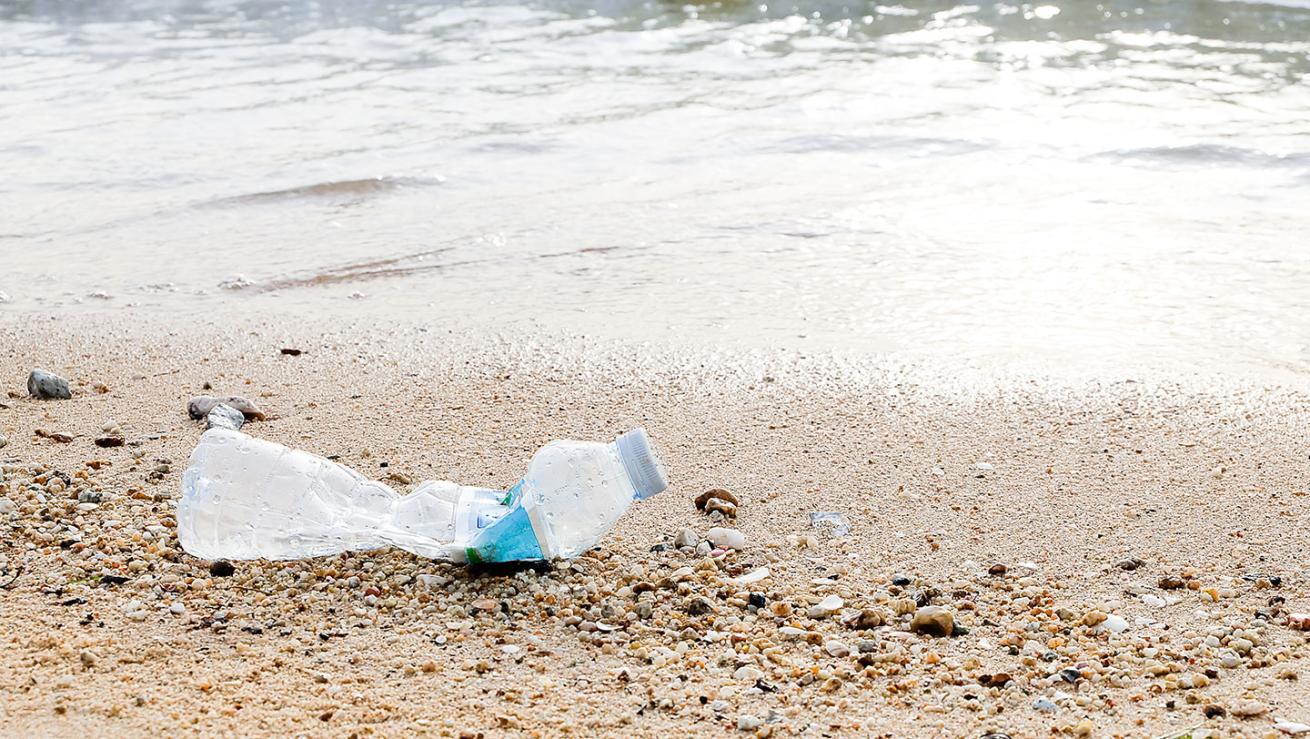
ShutterstockJoin the world’s largest volunteer effort for the ocean and waterways by participating in the Ocean Conservancy's International Coastal Cleanup on Sept. 16.
Ocean Conservancy’s Trash Free Seas Alliance is working to identify ways to improve waste collection and management in countries where the plastic is originating. With improved waste collection comes improved health and sanitation that benefits everyone — and the ocean.
The study found that “the largest amounts of plastic in the ocean come from a relatively small number of rapidly developing economies,” notes Mallos. “In fact, 83 percent of the plastic waste that is available to enter the ocean comes from just 20 countries; chief among them are China, Indonesia, and the Philippines with the United States rounding out the top 20. The economies where plastic inputs are greatest are those where population growth and plastics consumption is severely outpacing waste management capacity. In many of these geographies waste collection is simply nonexistent.”
About the Trash Free Seas Alliance
Ocean Conservancy has mobilized millions of people around the world to remove trash from our ocean and waterways. But removal is just one part of the solution. We must also prevent trash from reaching our waterways and the ocean, which is why in 2012 Ocean Conservancy launched the Trash Free Seas Alliance. The Alliance unites industry, science and conservation leaders who share a common goal to reduce the amount of plastic waste flowing into the ocean.
View the full list of Alliance members



